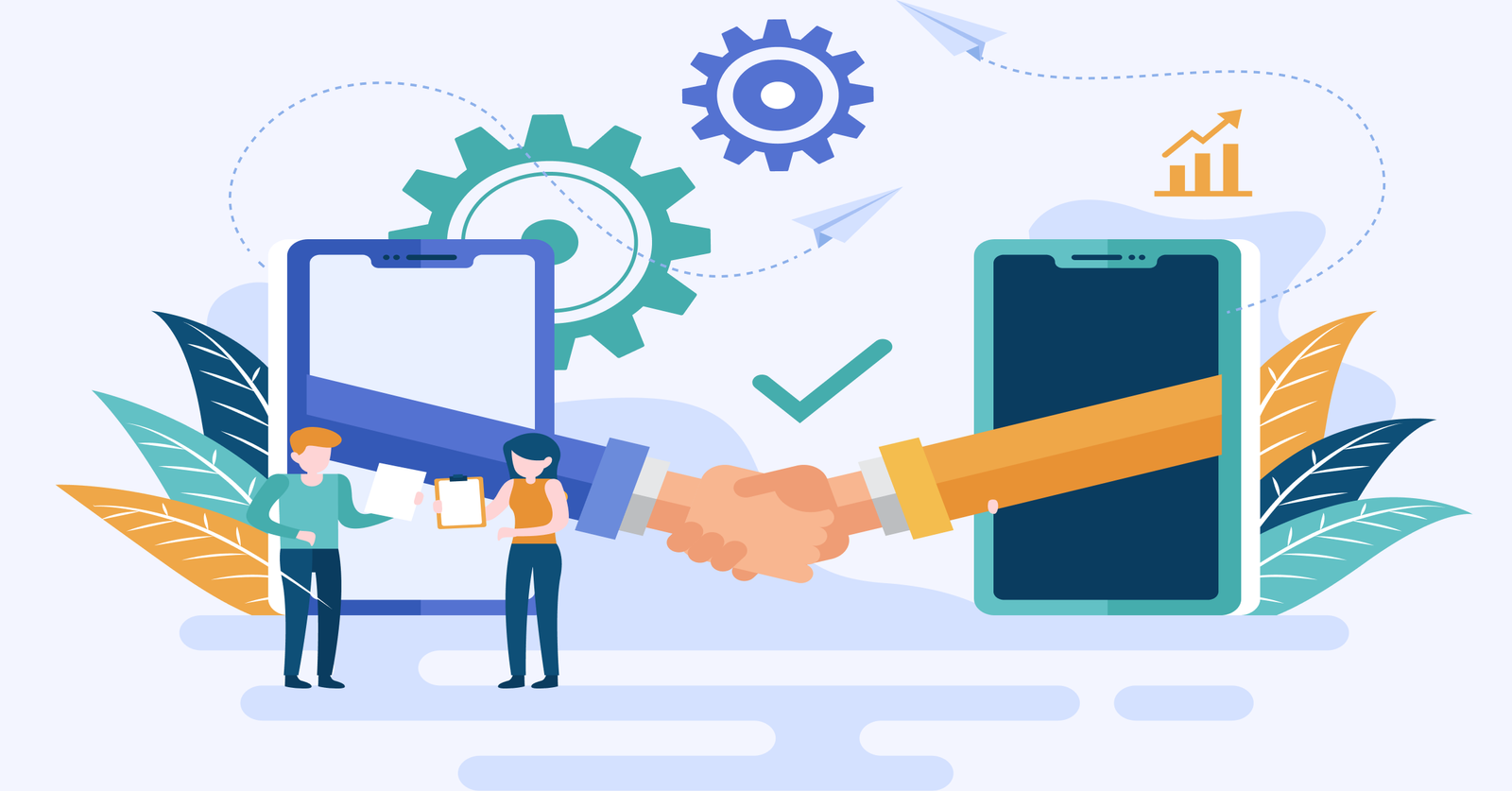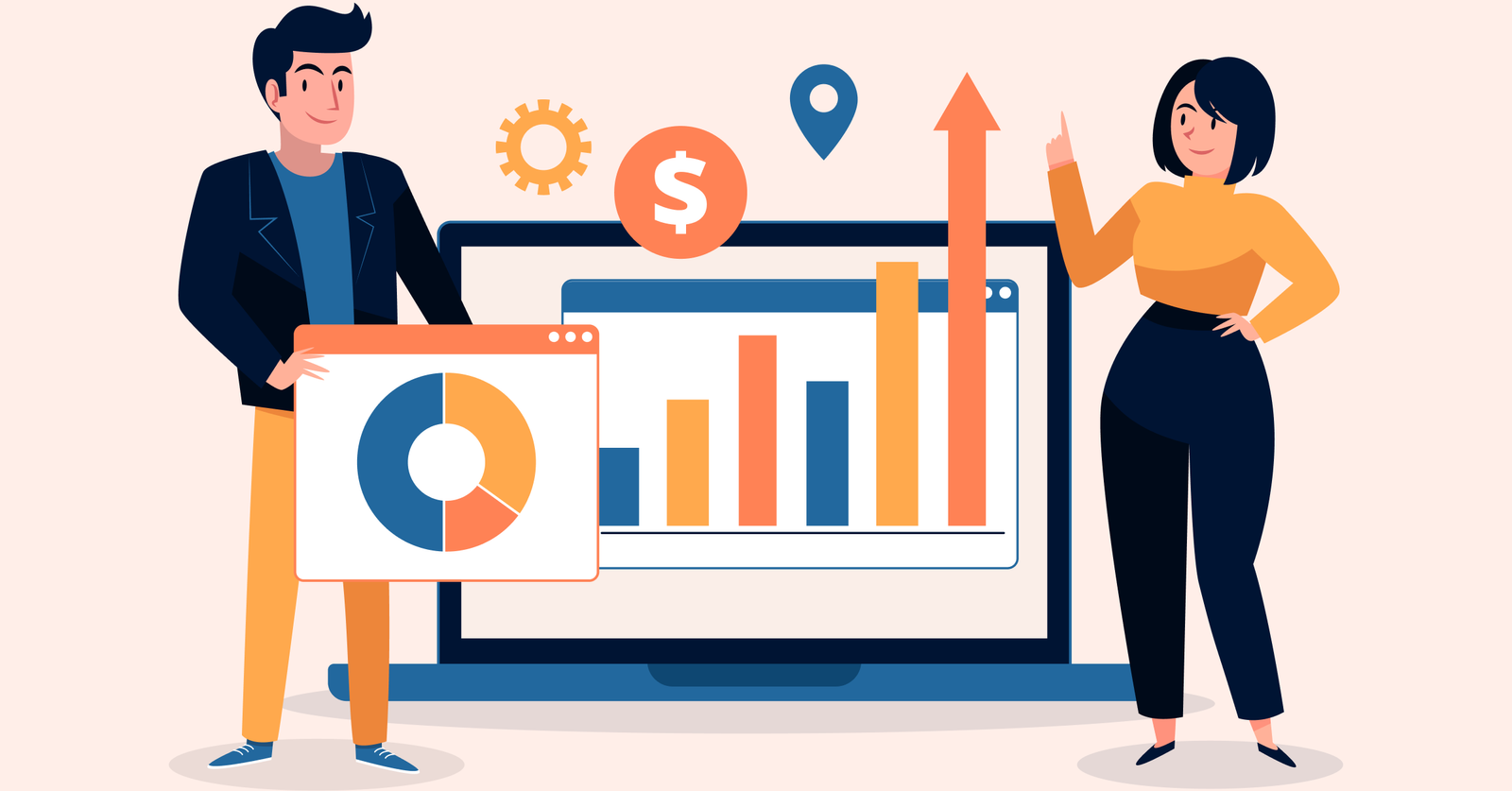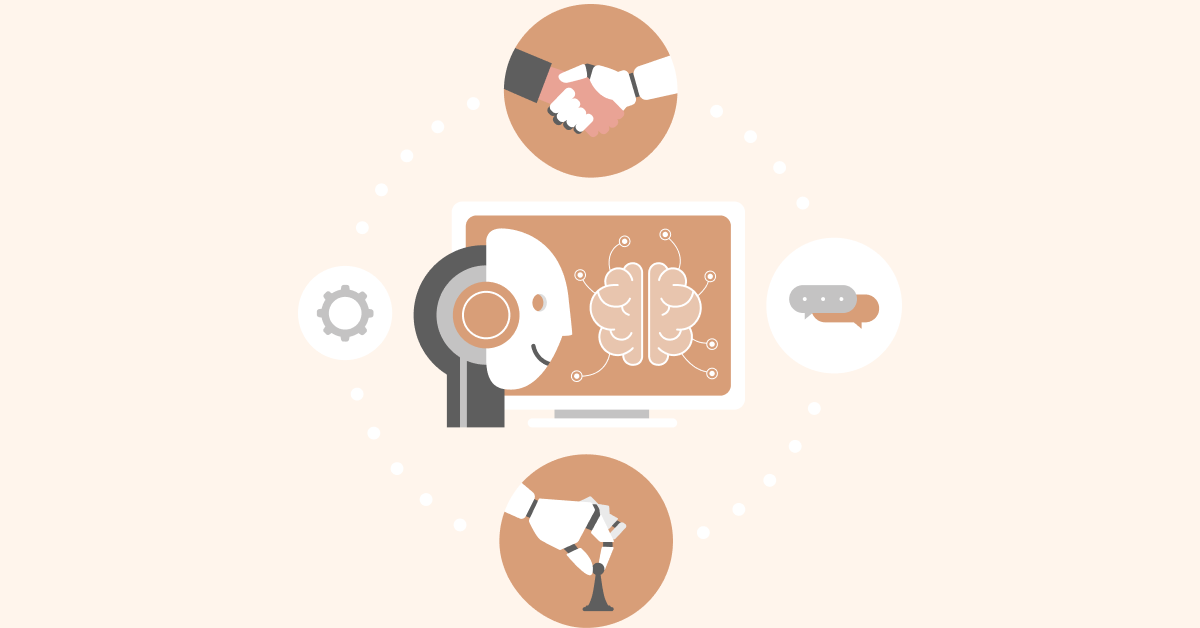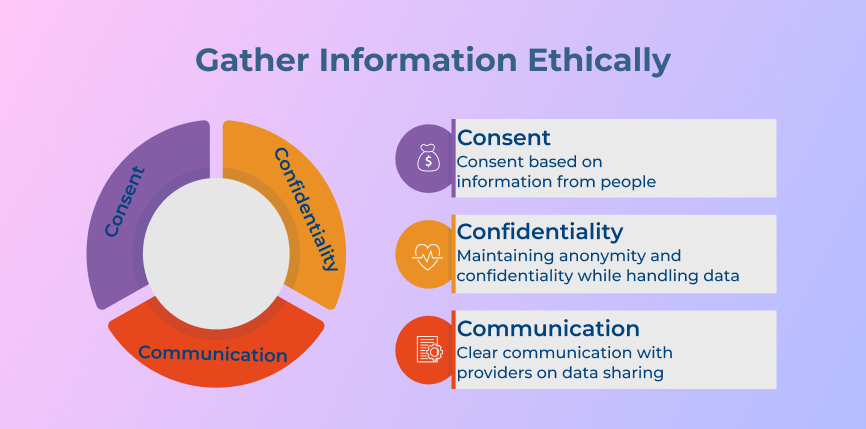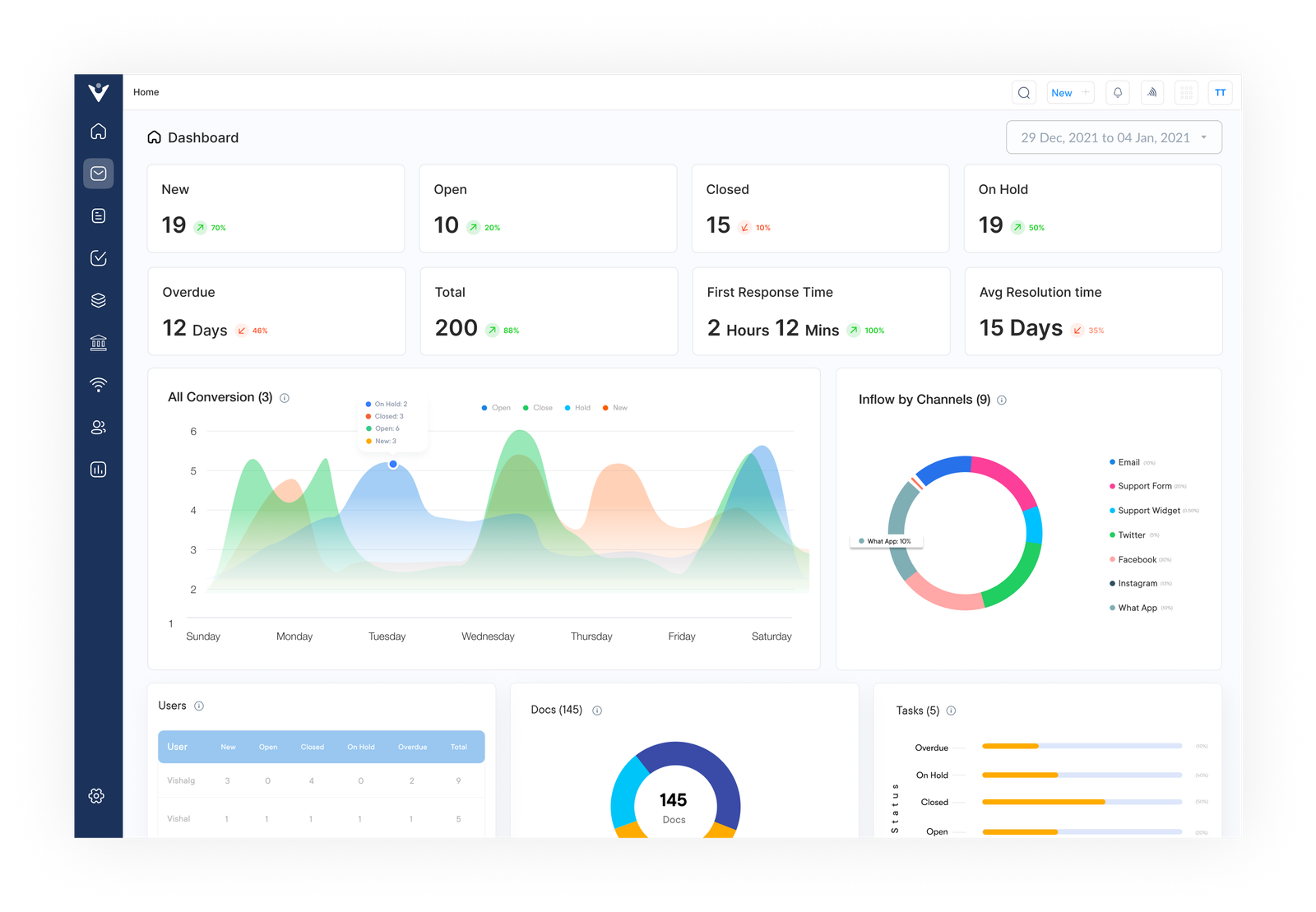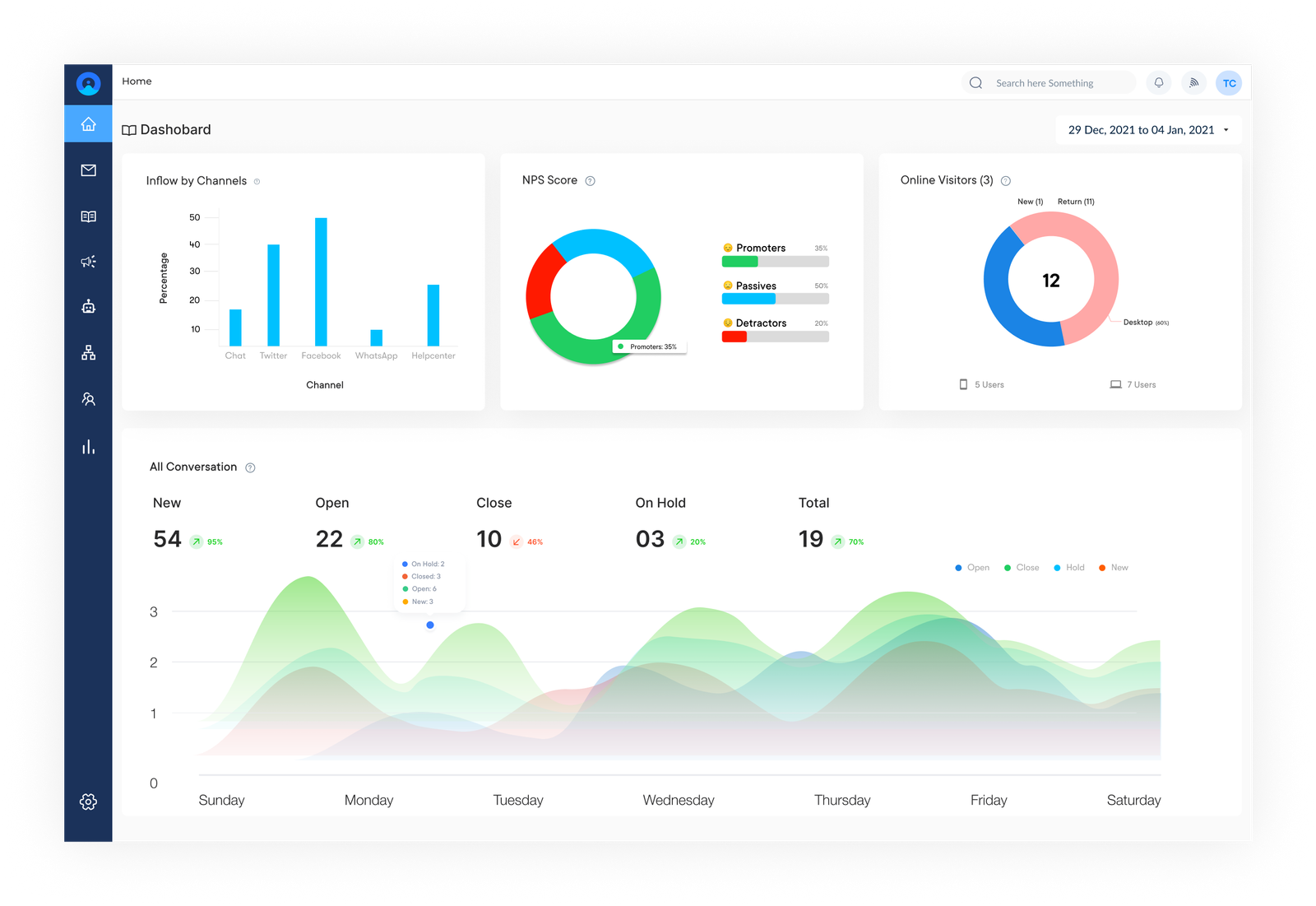1. Have a Data Governance Strategy
Having a data governance strategy is essential in effectively managing customer data. The best practice involves establishing processes for how data is collected, stored and used within an organization. Implementing a data governance strategy allows companies to ensure that customer data is accurate, secure and compliant with regulations such as GDPR.
A use case for implementing a data governance strategy is a retail company that wants to improve customer segmentation for targeted marketing campaigns. Establishing data governance processes allows the company to ensure that customer data is accurate and up-to-date. They are enabling more effective segmentation and personalized marketing efforts.
How to implement:
- Establish clear data governance roles and responsibilities within the organization.
- Conduct regular data audits to ensure data quality and compliance.
- Implement data encryption and access controls to protect customer data from unauthorized access.
2. Avoid Data Silos
Avoiding data silos is essential for managing customer data efficiently. Breaking down data silos and integrating data across the organization allows businesses to achieve a single, comprehensive view of their customers. It not only leads to more streamlined operations but also enables personalized customer experiences and targeted marketing campaigns. A staggering 40% of business-critical data is trapped in data silos.
Let’s take an example of a retail company that may have customer data stored in different departments like sales, marketing and customer service. Breaking down data silos allows the company to gain insights into customer behavior, preferences and purchasing history. It leads to improved customer engagement and loyalty.
How to avoid:
- Invest in a centralized data management system that can integrate data from various sources.
- Implement data governance policies to ensure data consistency and accuracy.
- Encourage cross-department collaboration to break down silos and share customer data effectively.
3. Invest in the Right Technology
Customer data management is crucial for businesses to personalize their marketing strategies and provide a seamless customer experience. Investing in the right technology is a key best practice in managing customer data effectively. One significant aspect of this best practice is ensuring that the technology the business chooses can securely store and organize customer information.
A use case for implementing this best practice is a retail company utilizing a customer relationship management (CRM) system to track customer interactions and preferences. Investing in the right CRM technology allows the company to better understand their customers’ needs and tailor their marketing campaigns accordingly.
How to implement:
- Selecting a technology solution that aligns with the business needs.
- Ensuring data security measures are in place to protect customer information.
- Regularly updating and maintaining the technology to keep up with evolving customer data management trends.
4. Clean Up Customer Data
When it comes to managing customer data, deciding what the business needs is a crucial best practice. It involves clearly defining the specific data points that are essential for the business operations and marketing efforts, while also ensuring compliance with data privacy regulations. The importance of this best practice lies in the efficiency and effectiveness of data management.
Cleaning up customer data leads to better decision-making and targeted marketing strategies. Let’s take an example of a retail company that may decide to only collect customer demographics, purchase history and email addresses. Focusing on these key data points allows them to create personalized marketing messages, analyze customer behavior and improve customer retention rates.
How to implement:
- Conduct a data audit to identify the specific data points that align with the business goals and objectives.
- Regularly update data collection practices to ensure they remain relevant and compliant with regulations.
- Invest in data management tools that support the efficient collection, storage and analysis of customer data.
5. Gather Information Ethically
Gathering information ethically is crucial when it comes to customer data management best practices. It involves handling customer information in a transparent, respectful and responsible manner. It is important to gather information ethically to maintain trust with customers, comply with privacy regulations and protect sensitive data from potential breaches.

